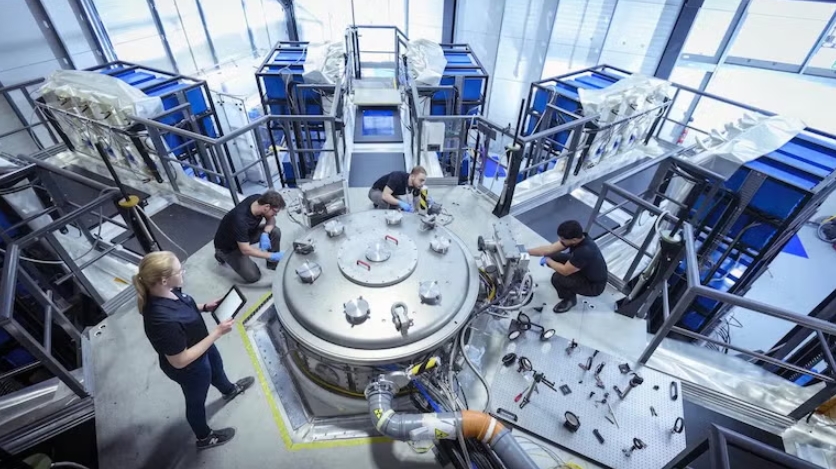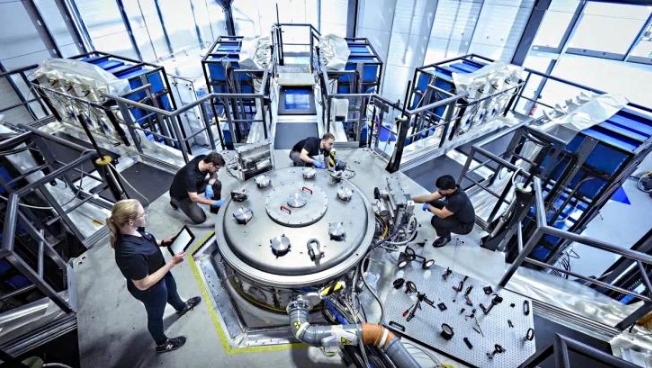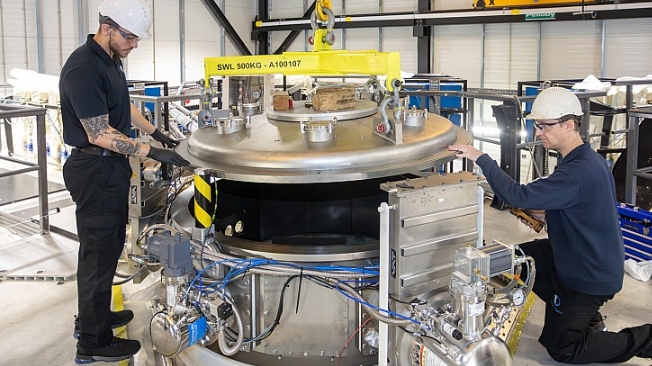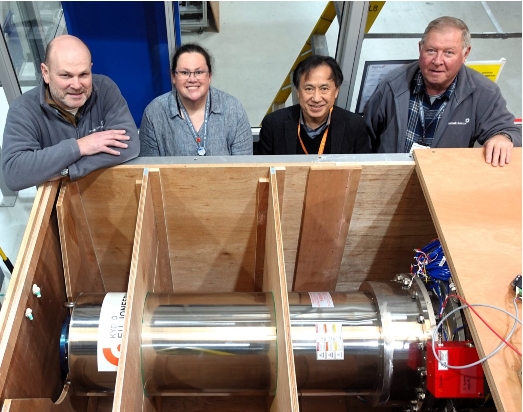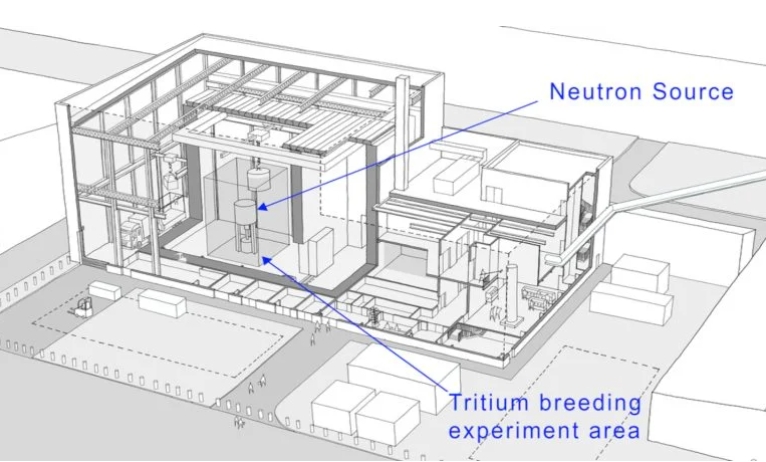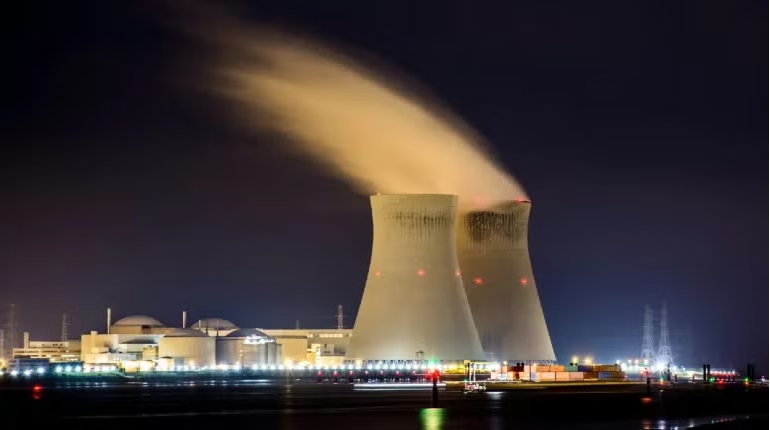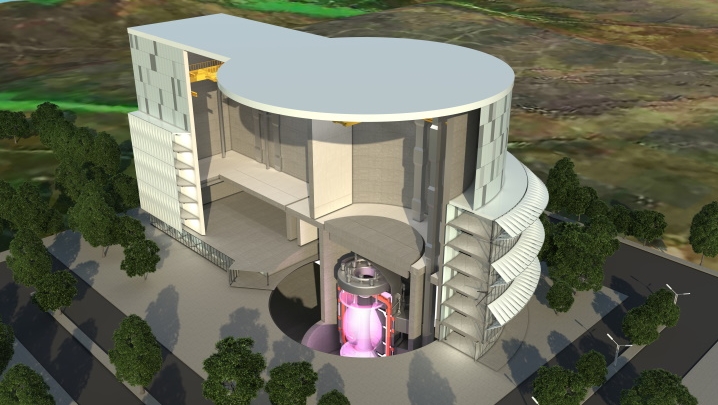South Africa's plan to kick-start its transition from coal to renewable energy will need $46.5 billion, more than five times the $8.5 billion Western nations have pledged to the project over the next three to five years, three people familiar with the matter told Reuters.
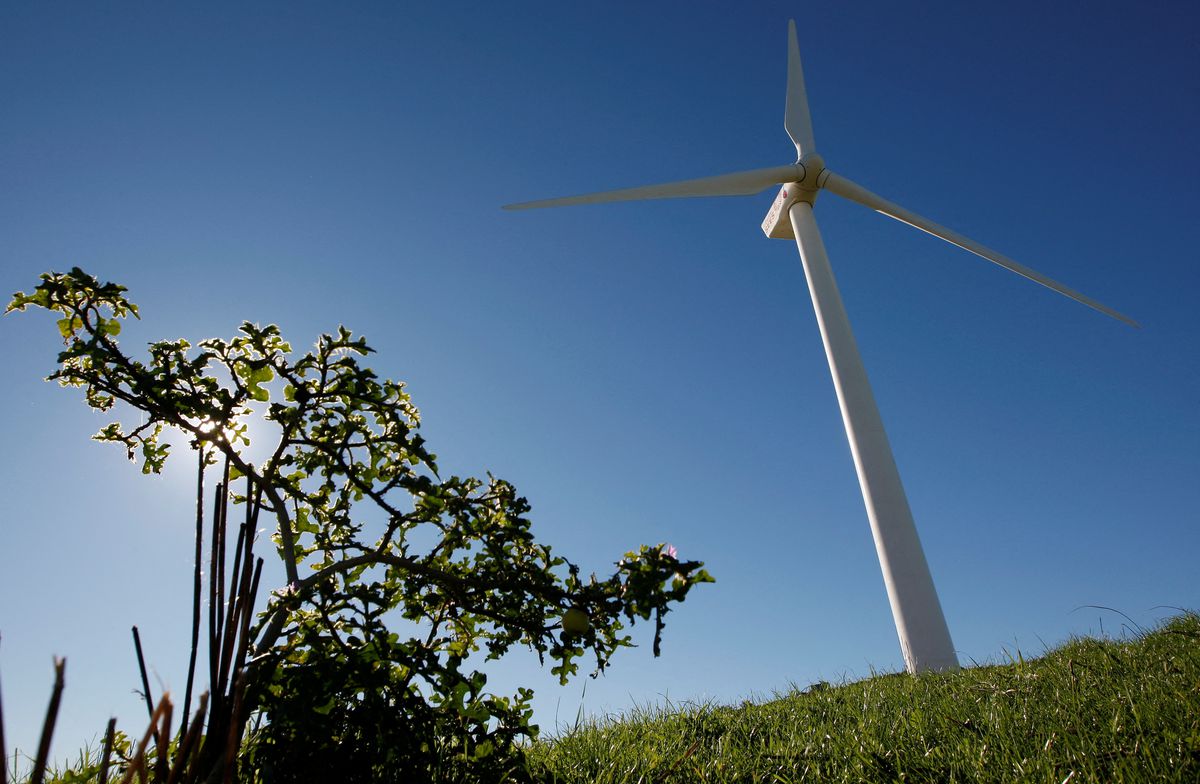 Giant wind turbines dot the landscape at the Darling Wind Power national demonstration project near Cape Town July 17, 2009. The project is the country's first independent wind power producer and currently has four turbines, with plans for another six. REUTERS/Mike Hutchings
Giant wind turbines dot the landscape at the Darling Wind Power national demonstration project near Cape Town July 17, 2009. The project is the country's first independent wind power producer and currently has four turbines, with plans for another six. REUTERS/Mike Hutchings
The sources said the investment plan, submitted to donor countries this month, is provisional and the figures could change ahead of the agreement being signed.
It is not yet clear how the remaining $38 billion will be funded or how the bill breaks down. One source said private sector investors would step in, another said it would be a mix of private, bilateral and multilateral funders.
One said the African Development Bank Group was expected to make a big commitment.
"The Bank continues to work with South Africa to explore concessional financing options to support South Africa's just energy transition," the African Development Bank Group said in an emailed statement, when asked about its commitment.
Vincent Magwena, a spokesperson for the presidency, the only South African authority that can speak on the matter, said he could not discuss details of the plan until it is publicly presented.
"At this stage we are not in a position to provide comment on the funding details," he said, declining to confirm the total cost.
Negotiators are racing to complete the deal before United Nations climate talks next month in Egypt, where it could serve as a model for other emerging economies seeking to wean themselves off coal with Western support.
If successful, South Africa's plan will see Africa's most industrialised nation gradually shut down its polluting coal-fired power stations and mines, replacing them with wind turbines and solar panels at a significantly faster rate than it was planning to do before the partnership with the United States, Britain, France, Germany and the European Union.
South Africa is also seeking to become a hub for so-called green hydrogen and electric vehicle manufacturing -- both of which could attract significant private sector investment.
"GOING TO HAPPEN"
South Africa is the world's 13th biggest carbon emitter, pumping out 452 million tonnes of CO2 in 2020, according to the latest data from the non-profit Global Carbon Atlas that put it four places in front of Britain, an economy eight times as big, and ahead of Mexico and Australia.
But it is also blessed with some of the world's best sun and wind resources, and vast stretches of land on which to harvest them.
Coal makes up four-fifths of South Africa's power generation, so turning state utility Eskom to renewables is a priority for the government. But the issue is politically divisive, as unions fear the loss of some 90,000 coal jobs. Any plan will have to offset these job losses, officials say.
Even so, the tide may be turning.
"The facts are that there is no new coal being built, and ... no bank will fund new coal in South Africa, not even the Chinese banks," energy analyst and managing director at South Africa's EE Business Intelligence consultancy, Chris Yelland, said.
"The only new thing happening right now is wind and solar and battery storage ... The energy transition is going to happen."
Moving South Africa's economy into greener energy will require vast funds in the longer term, with some analysts estimating at least $250 billion over the next three decades.

